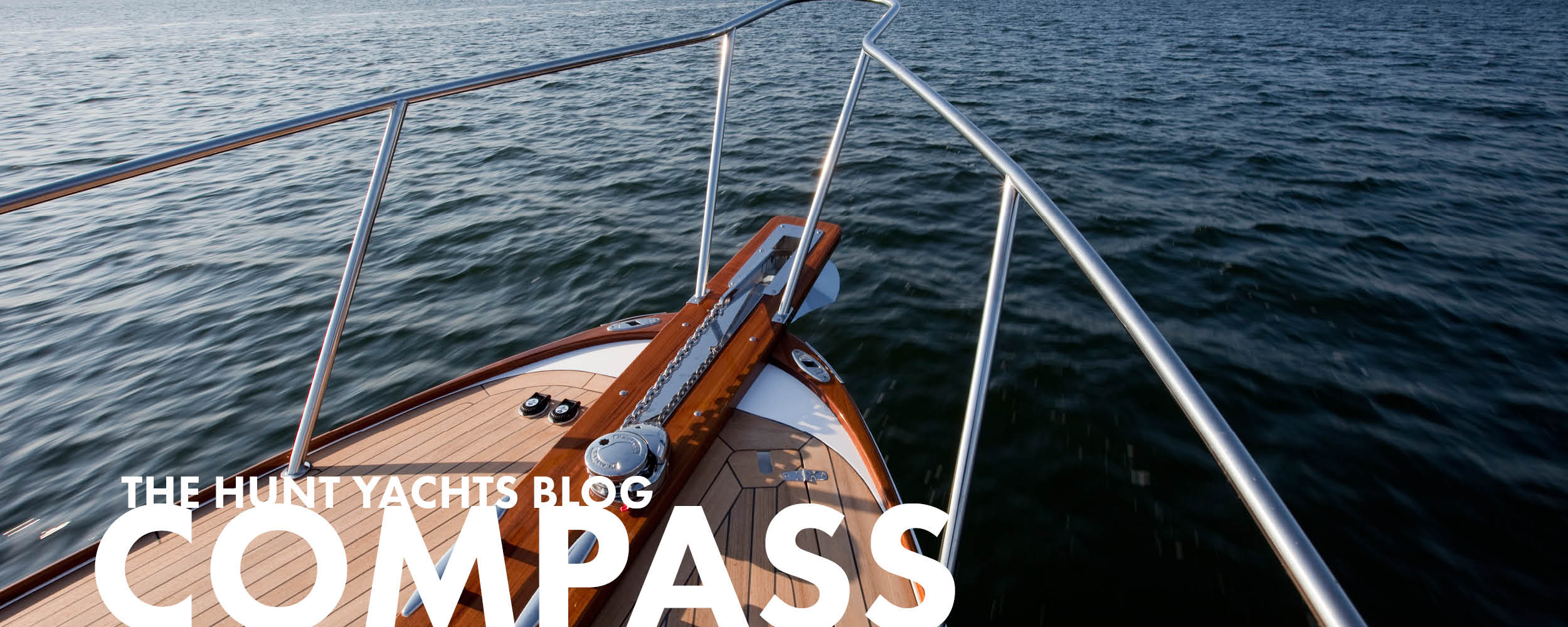Second in a series of articles about the Deep-V Hull
What is a Deep–V Planing Hull ?
- It is a hard chine hull form that maintains a fairly constant deadrise angle aft
- Deadrise is at least 18- 20 degrees, and as much as 24 degrees aft.
- Buttocks are generally straight aft.
- Most have strakes, or lift strips on the bottom.
- Most planing hulls on the market today are decendants of Ray’s original concept. Offshore raceboats, 40 years later are remarkably similar to the original!
How does a Deep-V work and why are they so good in rough water?
- Sharp entry forward keeps pounding to a minimum.
- Shallow forefoot resists bow steering and broaching.
- V- shape aft gives evenly distributed displacement and lateral plane
- Hull tends to go straight in all seas with moderate steering effort.
- High chine forward along with multiple spray strips knock down bow wave and spray, reduce wetted surface, cut drag and add lift.
- Result is more speed and/or economy and a dry ride.
- Flare in topsides deflects any spray getting by the chine and encloses substantial reserve bouyancy making it nearly impossible to bury the bow.
- Deep-V has more depth than flatter bottomed planing boats and acts more like a displacement hull when at rest.
- As it rolls displacement increases and resists the roll.
- At speed the hull gains stability from the lift forces acting on it.
- The Deep-V leans into a turn – not out.
- None of the above matters if the water is flat!

